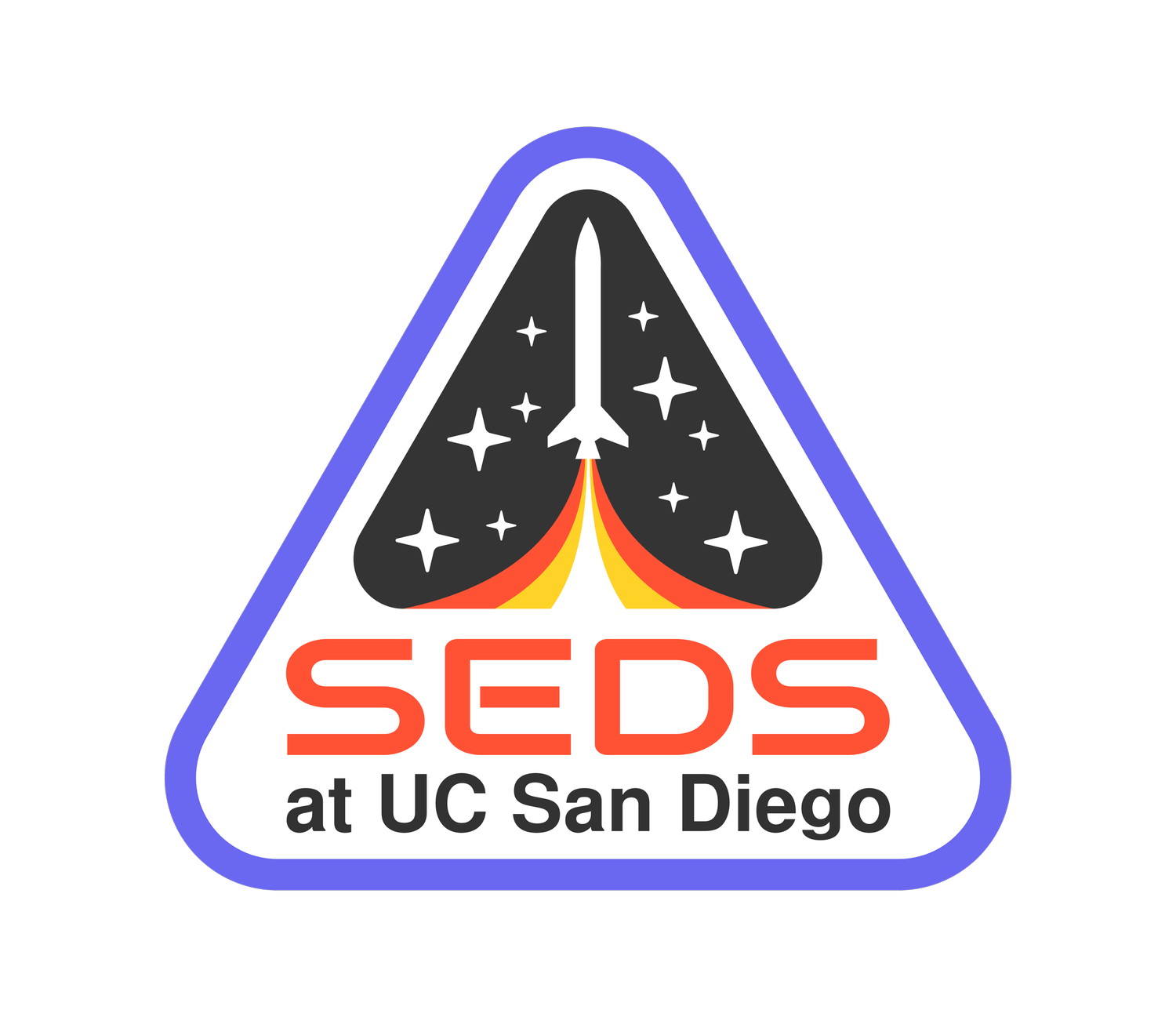
About Us
Who we are and what we stand for
We are SEDS UCSD
SEDS UCSD is a platform dedicated to developing the next generation of aerospace technology by empowering students to work on industry-level projects at a collegiate level. We aim to make liquid rocketry accessible to all.
We are a group of passionate people who want to contribute to innovative and groundbreaking ideas, regardless of their discipline or origin.
Space is meant for all.
As a catalyst for change, SEDS UCSD believes that empowering students to unite and become game changers for space development is critical to cultivating the next generation of leaders.
SEDS UCSD draws its members from an interdisciplinary group, motivated to advance the new space movement. We are united by the thought that the next logical step in human civilization is not only to explore but to evolve into a space-faring civilization.
We are trailblazers for students who want to make a real impact in this industry. In 2013, we became the first independent group to hot fire an additively manufactured liquid rocket engine in the world, ahead of major aerospace companies. Since then, we have continued to work on pioneering projects, and have been recognized by industry leaders and by our community for our contributions.
Today, SEDS UCSD leads the collegiate rocketry community in the development of next-generation engines.
We are currently making progress towards launching Halya, our supersonic bipropellant rocket with a target altitude of 45,000 feet. This rocket will be powered by our reusable copper engine Nephas, which has a target thrust of 2000 lbf and is designed for 4:1 throttling. Nephas will be tested on our dual-cryo rocket engine static fire system Colossus, a project sponsored by NASA to make engine testing affordable and accessible to all student groups. Finally our R&D team Lander is currently working on their Riptide vehicle, which aims to reach an altitude of 1000 feet before landing propulsively.
We are focused on designing and testing the next generation of liquid rocket engines and vehicles powered by this technology. Our members have the opportunity to experience the same challenges faced by their peers in the industry, working with concepts like throttling, thrust vector control, cryogenic propellants, PCB design, data acquisition, and so much more.




